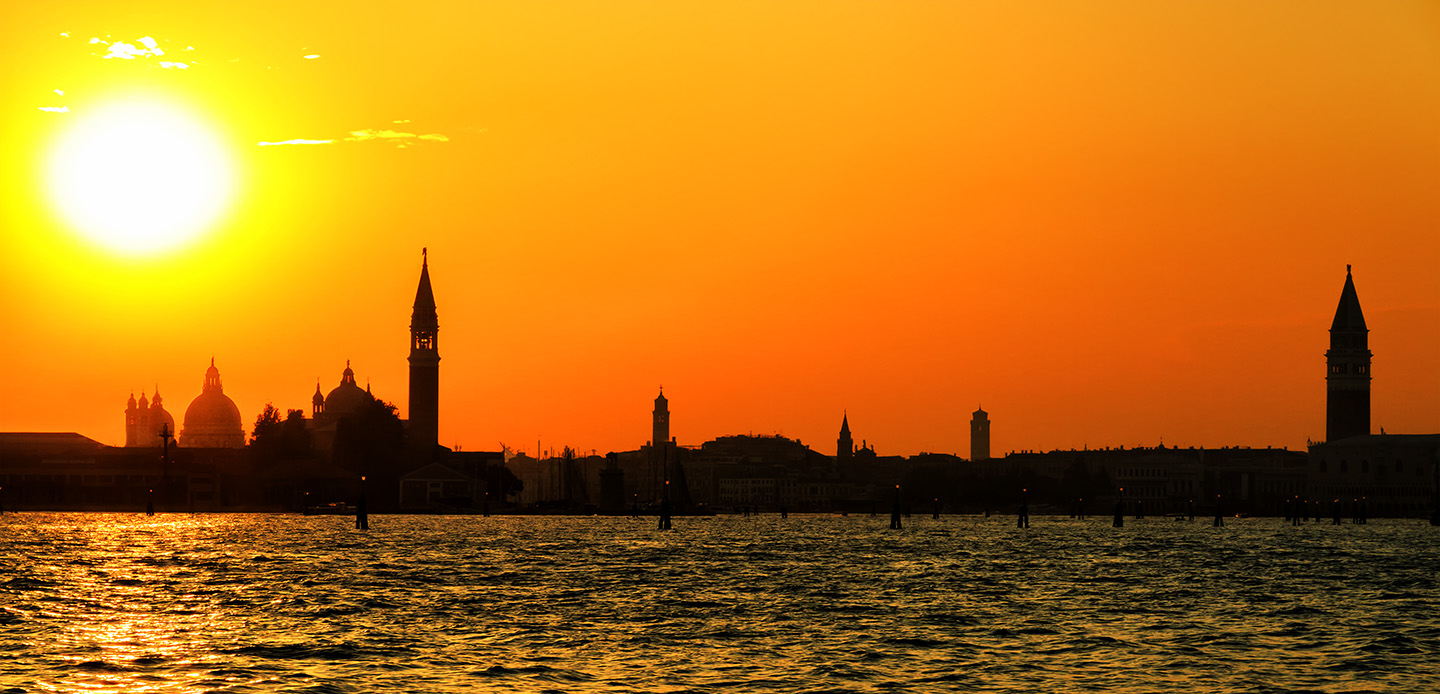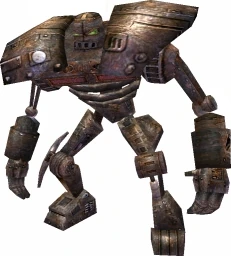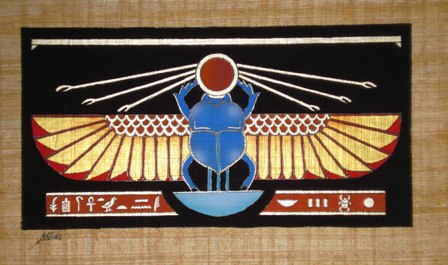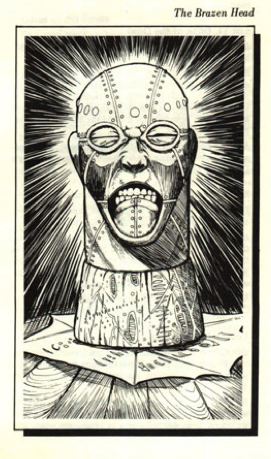Recently, after receiving some very heavy hints, my sisters bought me a copy of
Fire on the Velvet Horizon as a birthday present.
 |
| It looks like this. |
Fire on the Velvet Horizon is a book of monsters by Patrick Stuart, the author of the blog
False Machine, and Scrap Princess, the author of the blog
Monster Manual Sewn From Pants. Scrap and Patrick are both very talented people, and I think very highly of both of them; but of all their works that I have seen so far, this is the best.
Let me take a moment to really emphasise how good this book is. I have been reading RPG materials for more than twenty years now. I have read most of the all-time greats: The Enemy Within, Delta Green, Nobilis, the demons chapter from Games of Divinity. More recently, I have been reading my way through some of the highlights of the OSR movement: Death Frost Doom, Qelong, Deep Carbon Observatory, Yoon-Suin. This is as good as any of them. It is a tour de force of sustained cruelty and carefully controlled and channelled pain.
It is not directly useful. I cannot imagine myself using many of the monsters in this book, as-written, in any game I might actually run. Frankly, I cannot imagine anyone using some of them. (The Oranorn, for example: it's a cool idea, but wow would it be unfun in actual play.) But that's OK. Just reading them will plant seeds in dark and fertile corners of your brain, and those seeds will germinate and sprout during odd moments when you're half-asleep, and one day you'll be scribbling down some notes for your next game and you will come up with this amazing idea for a monster, and it won't exactly be a monster from the book but it will still be a monster that you would never, ever have thought of if you hadn't read it. It will be strong and bleak and sad and strange, and your players will never forget it.
There's been a horrible trend in recent monster manuals, most spectacularly exemplified by the ones which came out during the D&D4 era, to see monsters only as things capable of generating interesting fight scenes: their first, last, and only duty is to turn up, attack, give the PCs a good run for their money, and then drop dead. Fire on the Velvet Horizon isn't like that at all. It is primarily interested in monsters as embodiments of strangeness: as incarnations of extreme and unusual states of consciousness, odd manifestations of history or geography or time. There is, throughout, a fascination with dreams, mirrors, illusions, reflections, and madness. Tellingly, many of these creatures inhabit a swampland region which can only be navigated by those who are experiencing altered states of consciousness, such as drunkenness, narcotic reverie, or insanity; they are themselves reflections of such altered states, things you might hallucinate, or have nightmares about, or glimpse momentarily out of the corner of your eye. They are things which are real, but not quite in the same way that we are; things that don't live like us, or think like us, or feel emotions in the same way we do. Not 'its motivations are incomprehensibly strange to humans', which in monster manuals is usually just code for 'it can attack your PCs at any time for no reason because fuck you, that's why': they all have their own internal logic, even if it's really weird by normal standards, even if its only the surreal symbolic logic of poetry and dreams. They make sense on their own terms. It is possible to believe that, from their perspective, we are the odd ones.
There is also a deep and abiding preoccupation with loss. Ruins, fallen civilisations, the corpses of dead gods; veterans of wars that no-one remembers; nations which have vanished from the maps and the landscape alike, rolled up like posters and carried off to hell. Lost things, lost people, lost treasures, forgotten dreams; the Paladins of the Fall, who only exist during autumn, when everything around them is dying by degrees. Loss is something which D&D has traditionally not been very interested in dealing with. Yes, every D&D setting has some kind of Great Fallen Empire or whatever, but the focus is never on coming to terms with the magnitude of grief and suffering involved in the destruction of past civilisations; it's always about looting the ruins for magic bling. D&D characters are expected to get MOAR POWERFUL: more levels, more bonuses, more hit points, more magic items, more ability to kick the world into line with their own desires. They're American success stories, whose rags-to-riches narrative is built directly into the goddamn experience tables. 'When I first came here, son, all I had was one spell, two hit points, and a dagger. But look at me
now!'
Fire on the Velvet Horizon takes loss seriously. People die. Things fall apart. This is horrible and also unavoidable, and your macho posturing and inspiring speeches about the unconquerable power of the human spirit will make no difference to it whatsoever. Most of the creatures in this book are very strange, very horrible, and very sad; they are easy to pity and hard to hate, even if many of them are so dangerous that, realistically, most PCs are going to end up hacking them to death. There is no triumphalism: this is not a book full of creatures to be beaten to pulp in pursuit of some adolescent power fantasy. It is a book of creatures to be experienced; to be fought, yes, but also to be argued with and thought about and considered and remembered and mourned. Many of them are presented as parts of a larger tragedy, one which began long ago and is probably still unfolding, in the face of which they are as powerless as you are. All that can be done is to bear witness, and to play your part.
'Its concerns are justice and an accounting for wrongs. If this cannot be easily accomplished by a giant stone fire breathing head with obsidian spider limbs (and history being what it is, usually they cannot) then the Ozimandrian becomes like an angry spirit haunting the plains...' - Fire on the Velvet Horizon, p. 63
Patrick Stuart has an interest in geology. Scrap Princess has interests in botany and entomology. These are very important. Their creations are characterised by an awareness of deep time, of the enormous scale upon which evolutionary and geological change takes place, and the uncounted billions of living things which, through no fault of their own, can get chewed up in the process. (Arnold K., the author of
Goblin Punch, is a microbiologist, and his works are marked by a similar sense of the immense, impersonal cruelty of the cosmos.) Fantasy can be a terribly sentimental genre; it's sentimental about courage, about human potential, about the efficacy of violence, about the power of humans and human societies to endure whatever the universe happens to throw at them.
Fire on the Velvet Horizon is not sentimental, except maybe about archaic and obsolete vocabulary, but it is deeply
humane; it encourages us to
care about the strange, sad lives of these monsters,
and about the strange, sad lives of their victims, while still remaining aware that both are the products of vast historical or cosmic forces which are probably beyond the power of any one person to change. It's an impressive balance for a work to strike.
It's not perfect. A few of the creatures - the Priest of Hooks, for example, or the Eagle Ape - are basically just big balls of unreasoning aggression, which attack everyone until someone kills them; no amount of evocative writing can really change the fact that your players will only ever remember them as 'that weird monster that attacked us for no reason until we beat it to death'. The emphasis on pain and sorrow and helplessness can get overwhelming, to the point where it risks undermining suspension of disbelief with regard to the shared setting which all these creatures are implied to inhabit; with this many awful super-powered monsters roaming around ruining things for everyone, some of them destroying entire nations at a time, it becomes difficult to see how human civilisation could ever have established or maintained itself in the face of such enormous hostility and lethality. At the same time, while all the monsters described here are wonderfully evocative, many of them don't sound all that
tough: no stats are provided, but judging from their descriptions, relatively few of them sound as though they would survive the hail of arrows and fireballs with which D&D parties tend to greet their enemies. ('Ahh! A weird freaky pig-monster surrounded by slit-open human corpses!
I lightning bolt it in the face!') But these are small issues when weighed in the scale against the sheer imaginative wealth that this book offers. I sometimes used to read through entire RPG supplements just to come away with two or three good, useable ideas.
Fire on the Velvet Horizon offers more than that on
every single page.
Patrick writes in his introduction to the book that writing is easier to write about than art, and so people will probably pay less attention to Scrap's contribution than they should. I am aware that I have done this, so I shall just say that her art and layouts are spectacular, and the book would be immeasurably lessened by their absence. Normal practice in RPG books is for the writer to do all the writing, and the artists to then produce illustrations that fit that writing; in this book that order was reversed, with Scrap producing one hundred drawings of strange and horrible things and Patrick trying to produce write-ups which could do them justice. Her work is charged with an enormous prickly energy, and I think very highly of it indeed. She is an artist in a field which is otherwise populated almost entirely by mere illustrators.
I could write for ages about all the things I love about this book: the quotations from invented scholars (Leptoblast is hilarious), the darkly beautiful implied setting, the innovative use of fonts, format, and layout, the integration of art and text, the appendices, the fact that a whole bunch of jokes are sneaked into the book's
index, and much, much more. But this post is too long already, so I'll just say that anyone who has any interest in monsters, weird fiction, or the stranger, more conceptually ambitious end of roleplaying games should really, really get themselves a copy. You won't regret it.





















